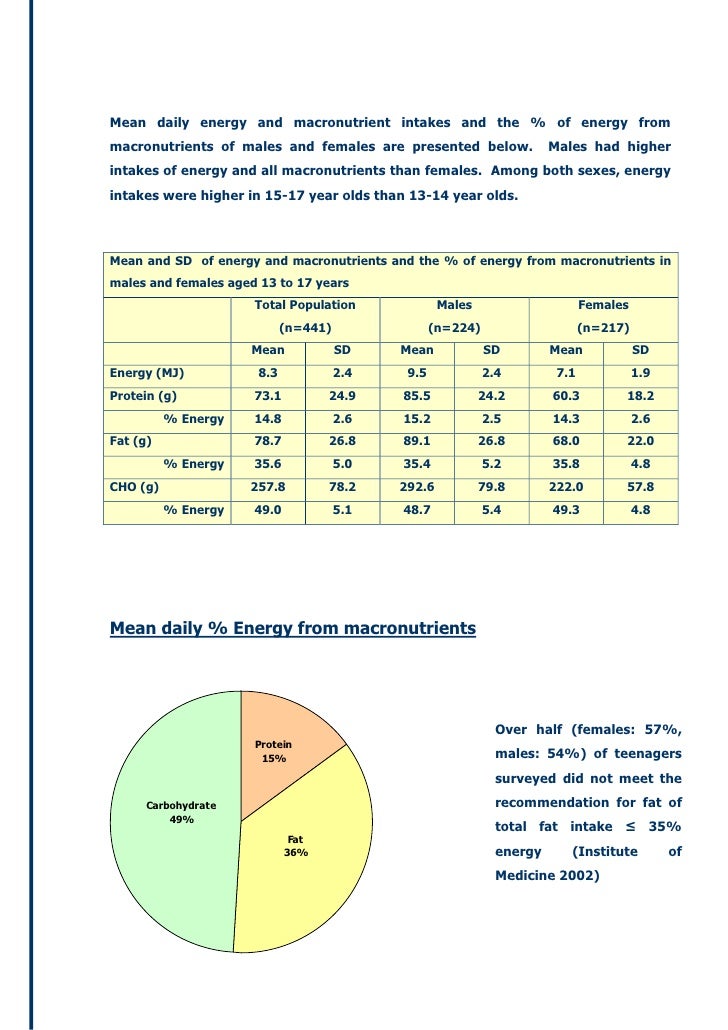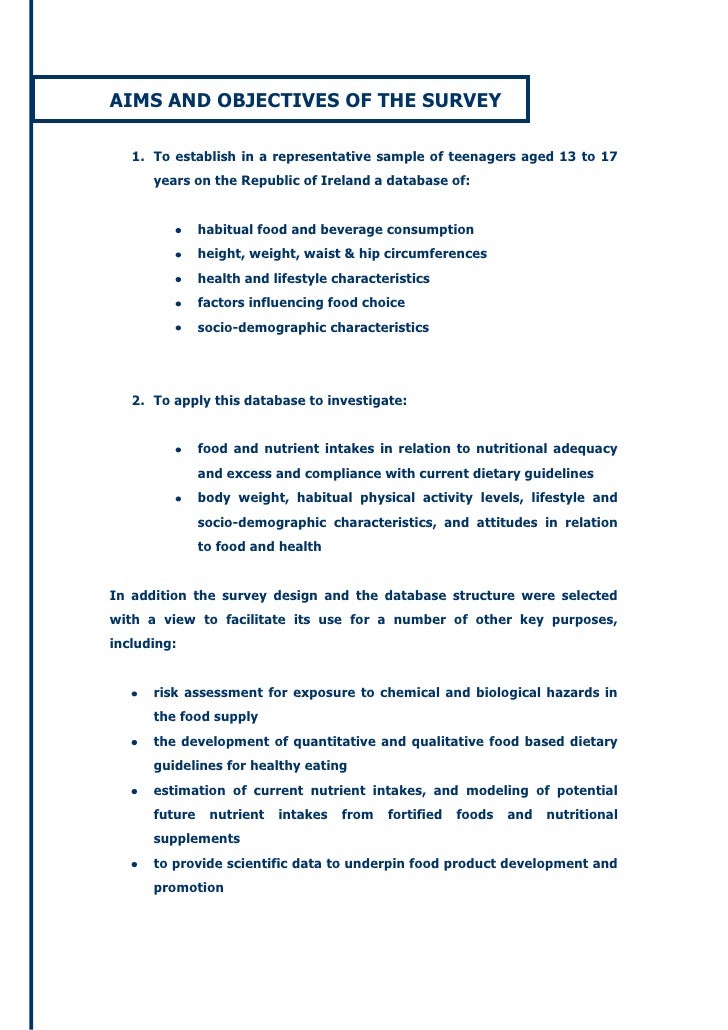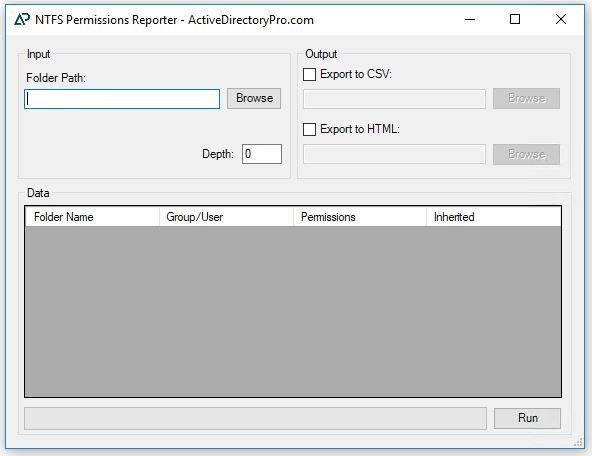

This is necessary for managing CALs and distribution tasks. In our cases, it is the Active Directory named domain.local. SectionAccess.qvw is stored in the document folder:Įnsure that the Directory Service Connector is correctly connected to the user directory. NTFS permissions rely on Windows permissions given on disk.

The folder is configured to grand access to Everyone. This can be changed to give access to specific users or groups, such as User1 or a group that all of our users belong to. We store SectionAccess.qvw in the AccessPoint document folder \\dc1\share\Front-end\UserDocuments. The document has "Initial Data Reduction Based on Section Access" Option enabled. Domain\User3 doesn’t exist in section access.

The document is secured with a Section Access script allowing access to Domain\User1 and Domain\User2 exists in section access. It now no longer limits to containers (folders).We have a document named SectionAccess.qvw. The main change was to the Get-ChildItem parameters. Make sure you follow the instructions in my first PowerShell post – PowerShell: Execution of Scripts is Disabled on This Systemīrian, I made some modifications to the script. Or if you modified the paths, make sure the directory structure is in place beforehand. Make sure C:\PowerShell\Results exists before running the script. share_folder_ACL.txt)Ħ) Check the output file for the results. Get-Acl -path $PSPath | Format-List -property AccessToString | Out-File -append "C:\Powershell\Results\$filename"ģ) At the prompt, enter C:\PowerShell\GetAllACL.ps1Ĥ) You will be prompted for the Path to the share or folder, enter as a UNC Path (\\server\share\folder)ĥ) You will next be prompted for the output file name. $list | format-table | Out-File -append "C:\Powershell\Results\$filename" #Convert Powershell Provider Folder Path to standard folder path $folders = Get-ChildItem -path $path -force -recurse | Where $spacelist | format-table | Out-File -append "C:\Powershell\Results\$filename"

$datelist | format-table | Out-File -append "C:\Powershell\Results\$filename" $list | format-table | Out-File "C:\Powershell\Results\$filename" $list = "Permissions for directories in: $Path" $filename = Read-Host "Enter Output File Name" $path = Read-Host "Enter the path you wish to check" After looking at multiple scripts and modifying them to suit my needs, I think I have a pretty decent solution to the request that was made.ġ) Copy the following code into a text editor and save the file as C:\PowerShell\GetAllACL.ps1 So I decided to see how I could get PowerShell to do this. I recently had a request to report the NTFS permissions on a Windows File Share and all it’s sub-directories. As I mentioned in my previous post, I am new to the PowerShell arena.


 0 kommentar(er)
0 kommentar(er)
